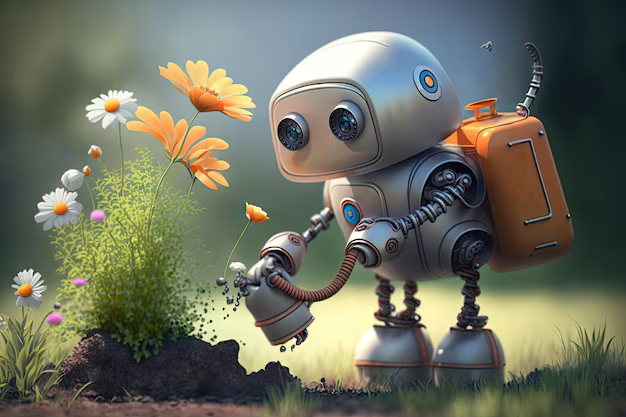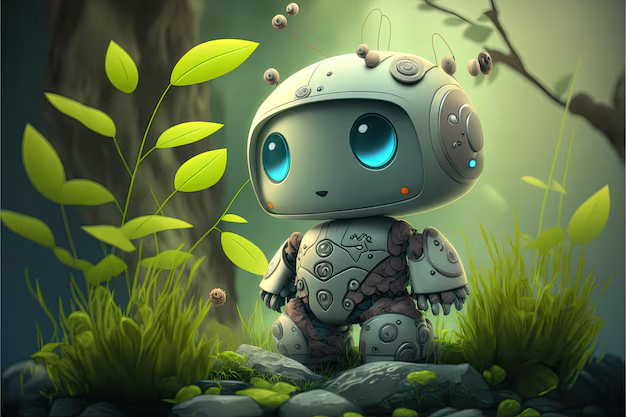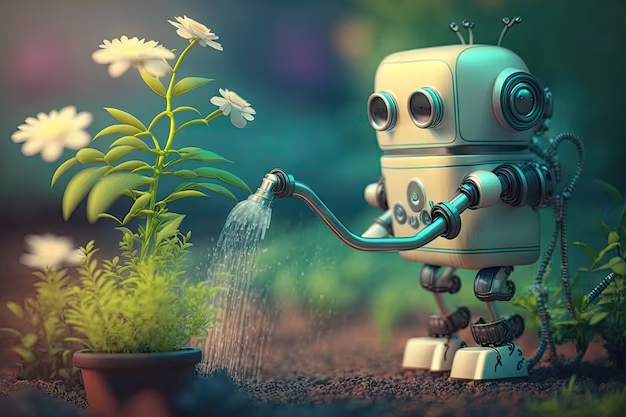Unlocking the Future of Machine Translation and Bridging Language Barriers
 Tusmine Ridha
Tusmine Ridha
Natural Language Processing (NLP) first piqued my curiosity before the launch of Chat Bots, during the rise of AI and its integration into everyday applications. As I began my master’s studies, I delved deeper into NLP and large language models (LLMs), and my fascination only grew. This was the era of chatbots, and my passion for building one drove me to explore the underlying technologies. Once again, NLP captured my attention as I learned about its vast applications - from semantic analysis to chatbots and, most captivatingly for me, machine translation.
My interest in machine translation deepened as I realized the potential to contribute to regional languages. Discovering how machines could be trained to understand, process, and generate human language almost like a human brain was truly awe-inspiring. This led me to dive into various machine learning and deep learning frameworks. I saw the enormous potential for machine translation, yet recognized that much work remains to be done, especially in expanding AI capabilities beyond English and a few commonly spoken languages. India, in particular, with its rich tapestry of regional languages, presents a unique challenge. AI tools today excel at translating English, but many regional languages are still underserved. This gap sparked my ambition to develop a model that not only advances NLP but also contributes to making AI more effective in regional language processing.

I embarked on a project that is still in progress: a machine translation system aimed at enhancing AI’s ability to translate old Hindi poems, specifically the couplets of Kabir Das. These two-line poems, known for their depth and mysticism, are not only rich in meaning but also carry a cultural significance that is often lost in translation.
Initially, I sought to generate translations that captured the deeper essence of these verses allowing the audience to connect with their spiritual and philosophical roots. But as I worked with various AI tools and translators, I realized that the basic task of providing an accurate, literal translation of these Hindi couplets was a far greater challenge than I anticipated. Surprisingly, while some AI tools generated profound interpretations, they struggled with providing accurate, literal translations something that should have been foundational.
When I fed the Hindi couplets into different AI tools, I encountered a range of issues. Some produced accurate translations initially but became repetitive and inaccurate when handling more verses. Others failed to recognize simple Hindi words, raising the question: What is the core problem here? Is it a lack of robust datasets? Are there too few researchers addressing this issue?

So let's water our roots??
This experience taught me that while many believe AI is capable of anything, the reality is that foundational work is still needed. My exploration of machine translation has revealed that the real challenge is not in generating deep meaning but in getting AI to handle the basics - faithfully translating the words of a poem while retaining their original structure and essence. As I continue this project, I am excited to contribute a little to regional language processing, starting with translating these timeless Hindi couplets.
This journey has reaffirmed that machine translation, particularly for regional languages, is an area ripe for exploration and development. It is here, at the intersection of language, culture, and technology, that the next breakthroughs in AI could emerge, and I am happy to contribute to this evolving field.
Subscribe to my newsletter
Read articles from Tusmine Ridha directly inside your inbox. Subscribe to the newsletter, and don't miss out.
Written by
